Surprise: Women’s feet are not simply smaller versions of men’s feet. And yet…running shoes have been, for the most part, designed around not just the geometry of a male foot, but the biomechanics (or movement patterns) of male runners.
Anatomically, women generally have a wider forefoot and narrower heel than men (think triangular versus rectangular), and tend to have more of a height difference between their heel and forefoot. A woman’s weight is naturally distributed more toward the front of her body, and her feet are just slightly more likely to collapse inwards.
These differences may not be noticeable to the average eye, but they’re there. And, over time, squashing a female foot into a male shoe can lead to decreased performance, discomfort, injury, and even injury. (FWIW, female runners were more likely to experience injuries than men, according to a 2021 scientific review published in the journal Physical Activity and Health.)
On the plus side, many women can comfortably wear running shoes designed around a male or unisex last. And for those who can’t, brands are (finally!) starting to research and develop sneakers specifically tailored to female runners. Whichever camp you fall into, one of these women’s running shoes — vetted by doctors, coaches, and other experts — should help you run your best.
Best lightweight shoe
For its first foray into footwear, Lululemon analyzed foot scans from more than a million women. The result: A neutral trainer with a wider forefoot to accommodate female geometry and more cushioning around and under the heel for comfort. “The Blissfeel is a good choice for women who want a cushioned, lightweight shoe for their daily runs,” says Maria Restrepo, a NASM-certified personal trainer and runner.
Best for extra support
The Ultraboost has been a maximally cushioned staple for male and female runners going the distance since its debut in 2015. In reimagining the latest iteration, the designers went all in on gendered specificity, using data from over a million foot scans to create male and female lasts around which the new shoe is built. “The Ultraboost 22 has a narrow, S-curved heel and a low instep,” says Rami Hashish, Ph.D., a doctor of physical therapy and body performance and injury expert. Plus, he adds, there’s extra support on the inside of the outsole to help keep feet from rolling inwards, which is more common among women.
Best for added comfort
Puma considered insights from athletes like Olympian Molly Seidel as well as general consumers when crafting their female-specific running shoe. “The XX Nitro is made for ladies who prefer a steady and well-cushioned ride,” says Restrepo. “It’s excellent for people who overpronate and those searching for added comfort because of its responsive foam sole and supportive upper.”
Best for off track
The Nike Invincible is packed with 37 millimeters of the brand’s lightest, softest, and most responsive foam (the same on you’ll find in the brand’s highly hyped racing shoes). “The Invincible can be great for any runner who wants to simulate running on a softer surface on their easy days—and the responsive bounce can make you feel like you’re running faster,” says running coach Amie Dworecki. “These shoes provide a high level of support to help those who overpronate, plus, they have a decent tread, so you can get a good grip if parts of your run take you on a dirt path.”
Best for arch support
Under Armour also turned to 3D scans, customized lab testing and fit and wear tests in developing their new female-specific shoe, and zeroed in on women’s heels, arches, and midfoot heights. “The Under Armour Synchronicity is great for runners who need extra arch support,” says orthopaedic surgeon Kellie K. Middleton. “This shoe is designed with a unique arch-stabilizing technology that helps to ensure a secure fit and improved shock absorption.” It’s also super lightweight and less cushioned, which makes it great for faster workouts.
Best for wider feet
Brooks is the largest women’s performance running shoe brand, and the Ghost is their best-selling women’s running shoe. Though this shoe isn’t designed specifically around female anatomy, it is more accommodating for wider forefeet. And, it combines the brand’s softest cushioning in the midsole with a crash pad at the heel to help better absorb impact.
“With a 12-millimeter heel-to-toe gradient, this is a nice neutral, cushioned shoe for someone with a high arch,” says podiatrist Nelya Lobkova.
Best for flat feet
The GEL-Nimbus has been around forever, but it was one of ASICS’ heavier, almost clunky styles. Not anymore: Just this year, the brand introduced a complete redesign of this classic shoe: “The Nimbus 25 is great for runners who prefer the comfort and cushioning of a neutral or mildly structured shoe for long or easy runs,” says Lalitha McSorley, a physical therapist at Brentwood Physiotherapy Calgary. “Runners who need a little extra stability and protection, such as those with flat feet or high arches, will benefit from the cushioning and support provided by this neutral shoe.”
Best for cushioned support
Hoka’s Bondi line has the American Podiatric Medical Association (APMA) Seal of Acceptance, and “is known for its soft, cushioned ride and unique shape,” says podiatrist Jamila A. Butcher. “It’s a great option for runners who need a lot of cushioning and support.” The newest update uses softer, lighter foams and a brand-new extended heel geometry, which—combined with the wider base—helps guide feet seamlessly through the gait cycle without wasting any energy. It’s not a fast shoe, but it’s one that can really go the distance.
Best for beginners
One of New Balance’s top women’s shoes, the Fresh Foam X 1080v12 isn’t gender-specific, but delivers where female runners need it to. “These shoes are super light and comfortable, and an especially perfect fit for beginners,” says Olesia Stefanko, a Miami-based trainer and fitness program developer for HitFit. “A thick stable platform protects the joints from negative running impact – without the feeling that you are on a pillow/mattress.”
Best for speed
In updating the Ride 15, what Bell calls a Goldilocks shoe because “they’re not too soft, but not too firm; not too cushioned, but not too flat,” Saucony used new midsole foam that lends itself to a smoother running experience. It’s a little firmer than previous iterations, which allows runners to pick up the pace but still go the distance. The broader base makes for a very stable ride, while a slightly wider forefoot gives toes room to splay and a semi-rigid, padded heel counter keeps the foot in place. There’s also a lot more foam underfoot for soft, responsive cushioning.










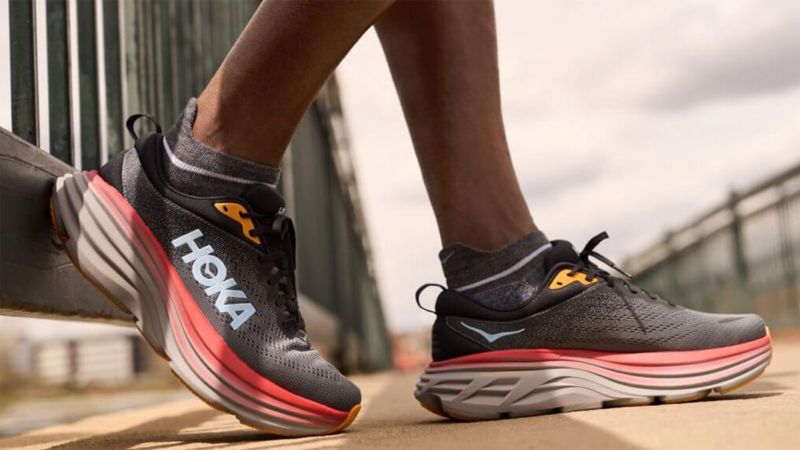
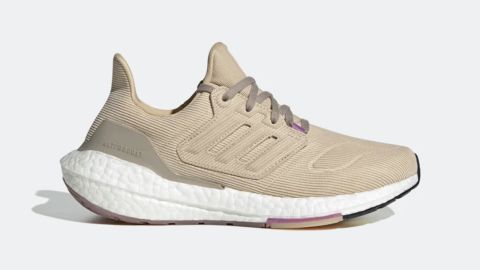

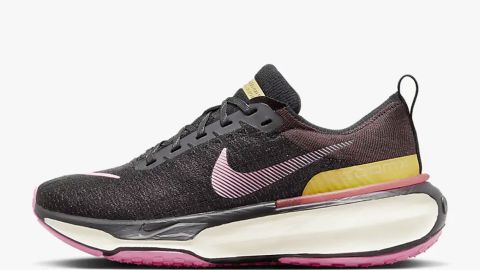

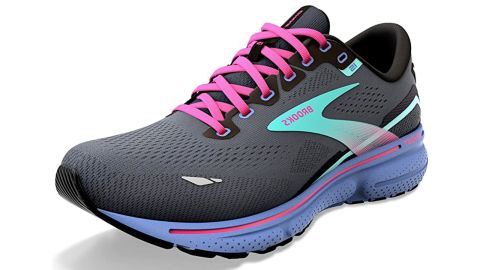
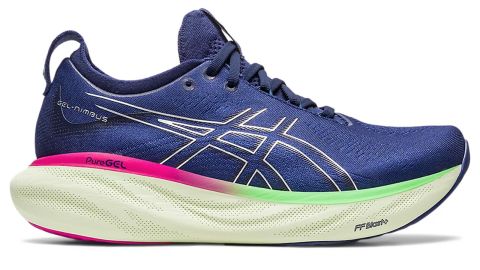
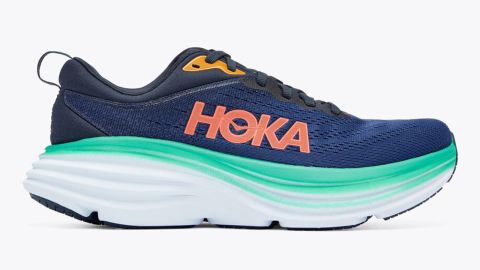
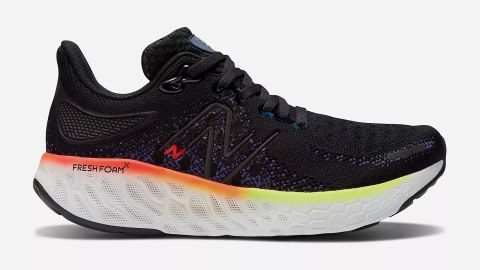
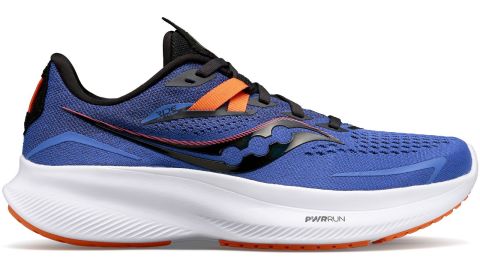





Discussion about this post